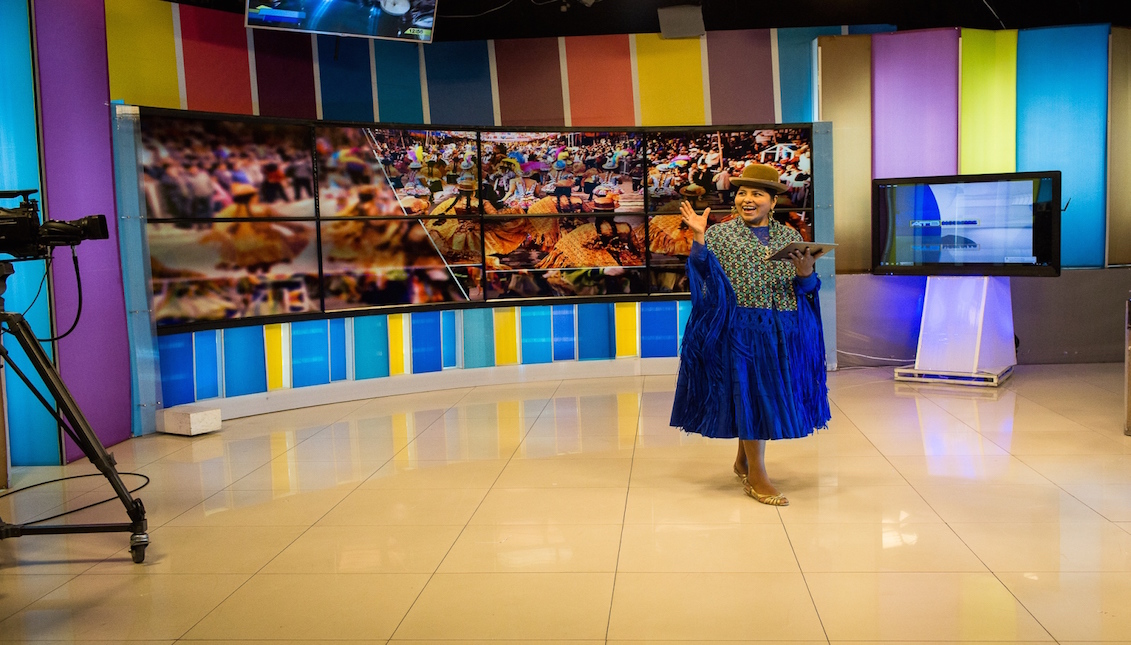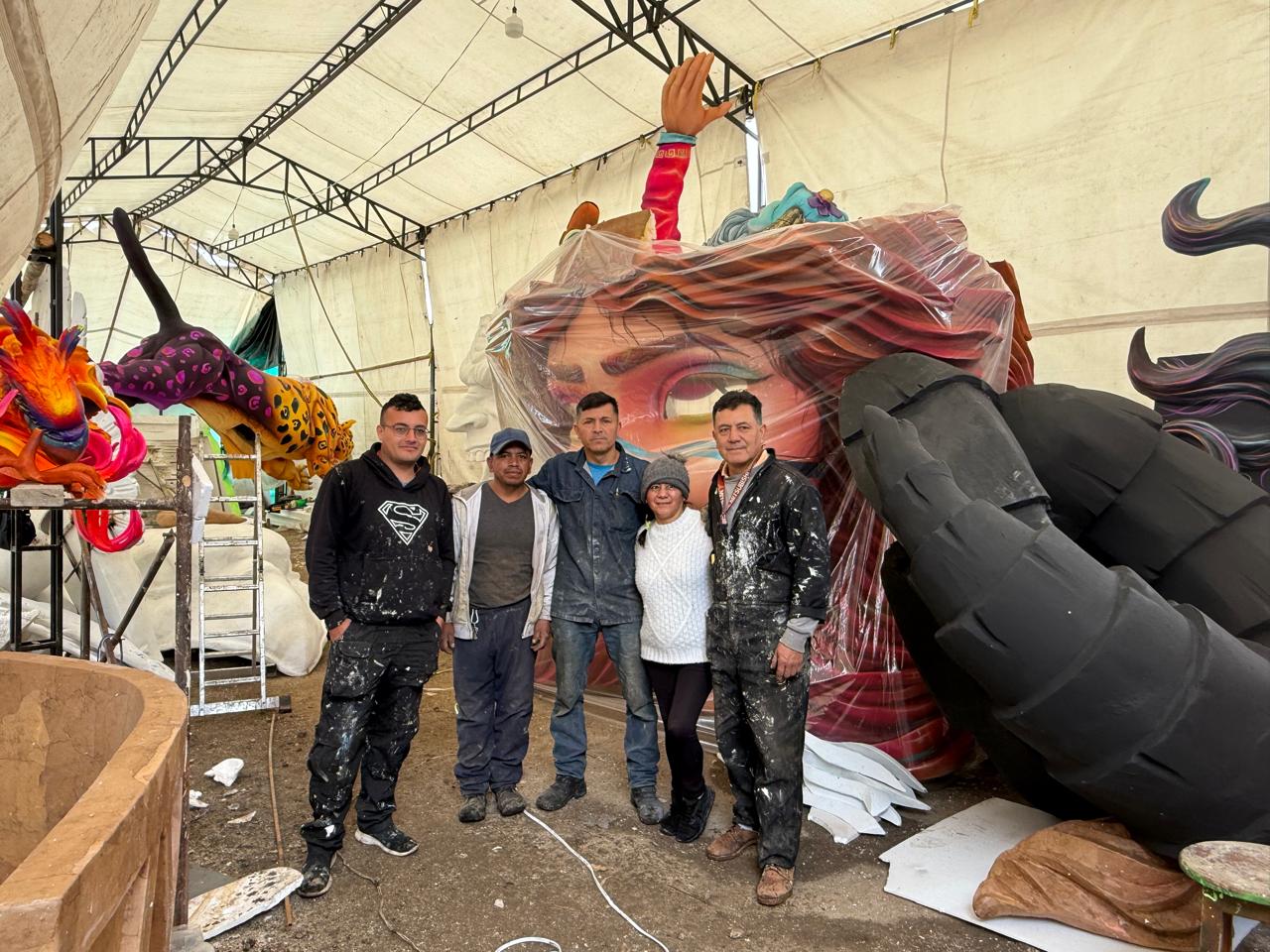
How Bolivia’s cholitas are shaping history through the news
Remedios Loza grew up a revolutionary. Born in La Paz, Bolivia to indigenous parents, she was destined for the traditional life of a cholita. In Bolivia, ‘chola’, or ‘cholita’ is used in reference to indigenous women who don the distinct outfit of a bowler hat, layered skirt and traditional shawl. Bolivia officially recognizes 36 indigenous groups, but cholitas are most commonly associated with the majority Quechua and Aymara of the country’s highlands. During Loza’s childhood, the traditional life of a cholita was inside the home,: cooking, cleaning and caring for children - something Loza’s mother and father tried (and failed) to impart on their daughter.
“The fight for liberation was a thing for men,” they are quoted as saying in a piece on Loza’s life.
Loza’s journey against the grain of tradition started in 1969. At 20, Loza joined the radio program, Sabor a Tierra, run by journalist and later Bolivian presidential candidate Carlos Palenque. The program was unlike any that came before because it appealed to Bolivia’s poor. It offered social, medical and legal advice to those with little resources to live on and almost no knowledge of their rights as citizens.
Sabor a Tierra’s approach to journalism was a hit with Bolivia’s indigenous population and catapulted Loza into the national spotlight. She was the first cholita on the radio and when Sabor a Tierra expanded to television in the 1980s, she became the first to appear on TV news.
In 1989, she was the first cholita to serve in Bolivian Parliament, but not before inspiring a whole generation of indigenous women to achieve their dreams and advocate for their communities through careers in the media.
CONTENIDO RELACIONADO
One of the women inspired by Loza is Bertha Acarapi. In 2015, she was hired as a news anchor on ATB, one of Bolivia’s biggest TV networks. In doing so, she is the first cholita since Loza to appear on TV news and the first cholita news anchor of a major TV station. Like Loza, Acarapi entered the news industry on local radio in the 1990s. It’s an experience Acarapi values a lot because it’s often locally where many cholitas begin their news careers.
“In the 21st century, those channels have opened doors for cholitas. I’m sure they will continue to open more,” said Acarapi in a profile article.
One of those channels is Radio San Gabriel, started 14 years before Remedios Loza appeared on Sabor a Tierra. It is the voice of the Aymara people in Bolivia, broadcast entirely in their indigenous language, and its cholita journalists follow in Loza’s footsteps by advocating for one of the country’s vulnerable populations. The Aymara language, like Quechua, struggles to find a place in a society dominated by Spanish. According cholita journalist Sonia Siñani - who has a show on Radio San Gabriel - Aymara language and culture are in danger of extinction. However, fellow cholita journalist Norma Barrancos Leyva believes in the newfound power of Bolivia’s modern cholitas.
“Cholitas have a place in the hierarchy now, they have value,” Barrancos Leyva told BBC.
Yolanda Mamani is another cholita making waves on the radio, but in Spanish. She is the host of El noticiero de las mujeres, a program on Bolivia’s Radio Deseo. She is a former house cleaner, who started her own radio program: Soy trabajadora del hogar con orgullo y dignidad, to advocate for the rights of other cleaners in her situation and highlight issues they face. Her new show seeks to break the narrative around Bolivian women only being victims of domestic violence. It is the only show of its kind in the country.
Cholitas have a long history of resistance in Bolivia and define indigenous strength within the country and in all of Latin America. They’ve overcome everything from wardrobe assimilation to traditional gender roles. In the media, thanks to the bravery and of individuals like Remedios Loza, people like Bertha Acarapi, Sonia Siñani, Norma Barrancos Leyva and Yolanda Mamani can exist, and in turn inspire a whole new generation of cholitas to keep fighting for the indigenous community, and women in Bolivia and abroad.










DEJE UN COMENTARIO: